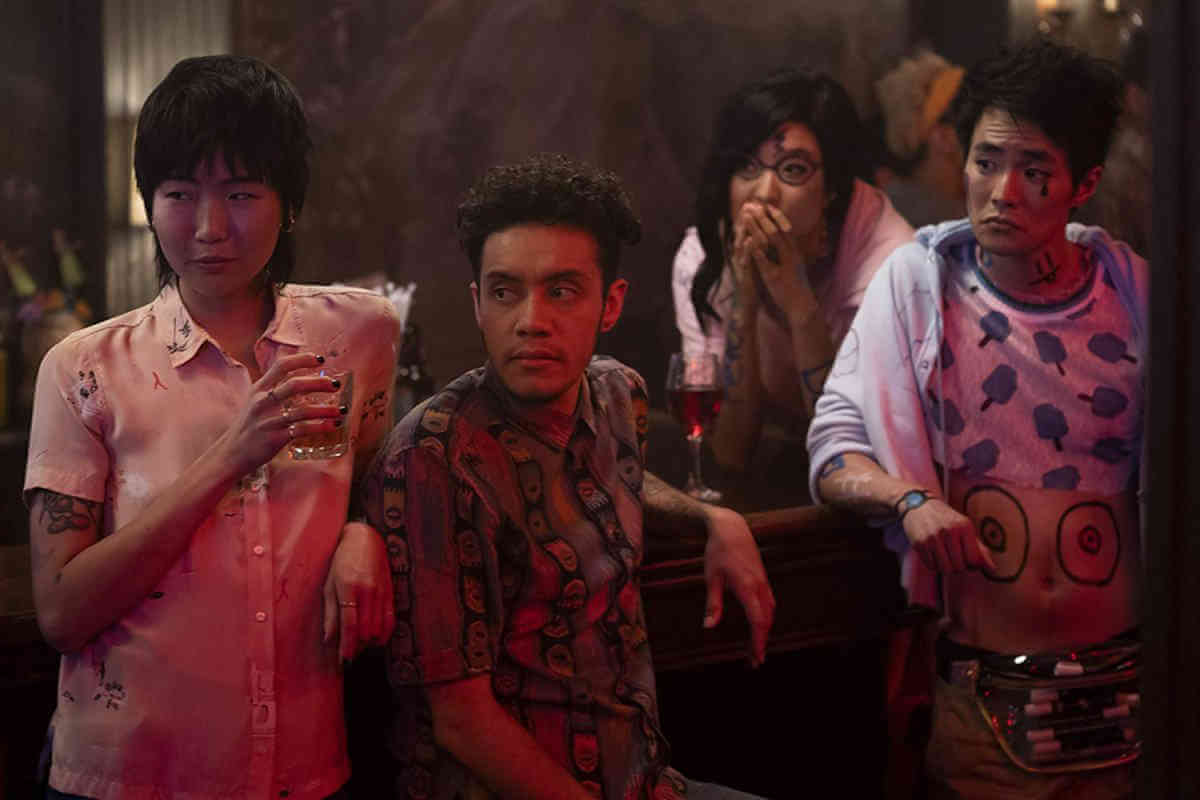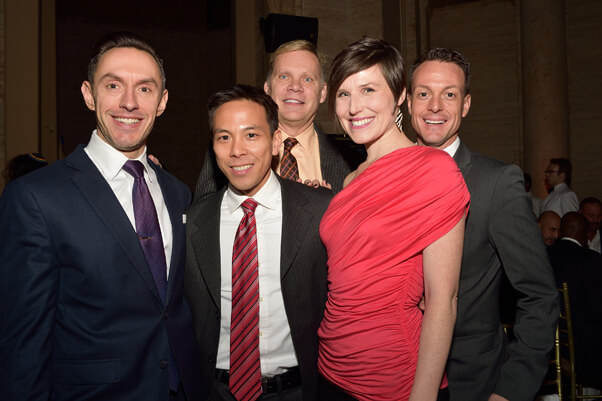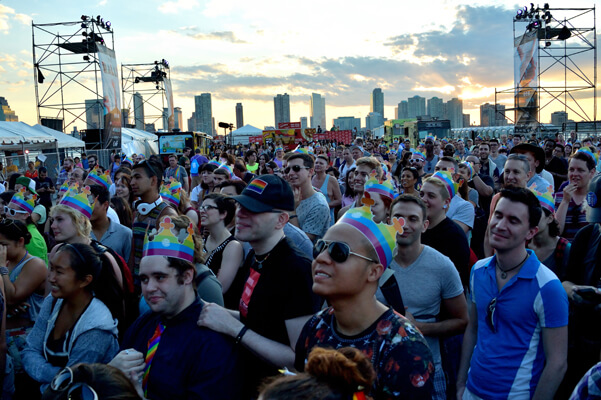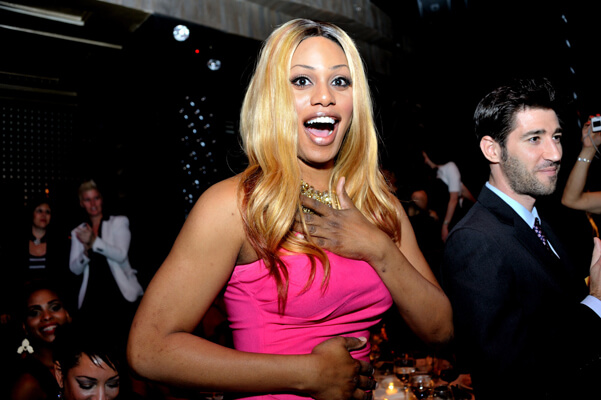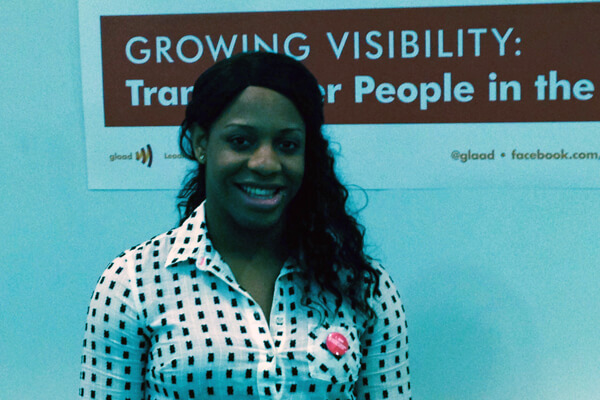A record-high number of LGBTQ characters are expected to appear on broadcast primetime scripted programming by the end of the 2019-2020 TV season, according to GLAAD’s annual “Where We Are on TV” report, and there are overall gains in transgender characters and women.
At the same time, the group is pressing the industry across all delivery platforms to improve both LGBTQ and communities of color representation over the next five years.
The report, which evaluates characters on broadcast, cable, and streaming platforms between June 1 of this year and May 31 of 2020, found 90 regular LGBTQ characters on broadcast scripted shows, which represents 10.2 percent of the 879 total characters.
The amount of regular LGBTQ characters on cable remained largely the same, increasing by just one from last year to 121 this year. The total number of LGBTQ characters starring in recurring roles on cable increased from 88 to 94.
Netflix had the best numbers among streaming services, with GLAAD counting 121 LGBTQ characters on that platform, representing an increase of 33 characters from the previous year. Yet, those numbers are propped up by two shows that are not returning in the year beginning next June — “Tales of the City” and “Orange is the New Black.”
Showtime boasts the best queer representation on cable, with 38 regular and recurring LGBTQ characters. Most of those characters appear on “The L Word: Generation Q,” which is a reboot of “The L Word” and is set to air by the end of 2019.
The GLAAD analysis did not include any statistical perspective on the degree to which LGBTQ representation was segregated largely to specific program franchises.
Among broadcast networks, the CW ranked the best in LGBTQ inclusion, with 15.4 percent of LGBTQ series regulars, followed by NBC (12.5 percent) and ABC (10.4 percent).
Queer women outnumber men across all platforms. On broadcast TV, there are more LGBTQ women for the first time — 53 percent compared to 47 percent — marking a three percent increase from last year. The lone non-binary character represented one percent of the total. Meanwhile, women make up 50 percent of LGBTQ people on streaming platforms compared to 49 percent men and one percent non-binary characters. LGBTQ women fare the best on cable TV, where they represent 57 percent of the characters. Forty-two percent are men and one percent are non-binary.
GLAAD pronounced the racial and ethnic breakdown of LGBTQ characters as “encouraging,” noting that 48 percent of those on broadcast TV are white, 23 percent are black, and 13 percent are Latinx. Asian-Pacific Islander characters make up eight percent. The remaining nine percent consist of other races. Those numbers on cable TV are largely the same.
White LGBTQ characters are more predominant on streaming services, making up 55 percent versus 19 percent black, 15 percent Latinx, and five percent Asian-Pacific Islander.
The total number of trans and gender non-binary characters has increased from 26 to 38, including 21 trans women, 12 trans men, and five non-binary individuals. Among the trans characters 18 percent are played by cisgender actors, at a time when many in the trans community have questioned whether that is appropriate.
GLAAD, citing its own poll showing that 20 percent of Americans between the ages of 18 and 34 identify as LGBTQ, is asking the industry to continue making gains in the years to come. The group hopes to to see LGBTQ characters make up 20 percent of series regulars on primetime scripted broadcast series by 2025, and asks that all platforms make sure that half of LGBTQ characters are people of color.

